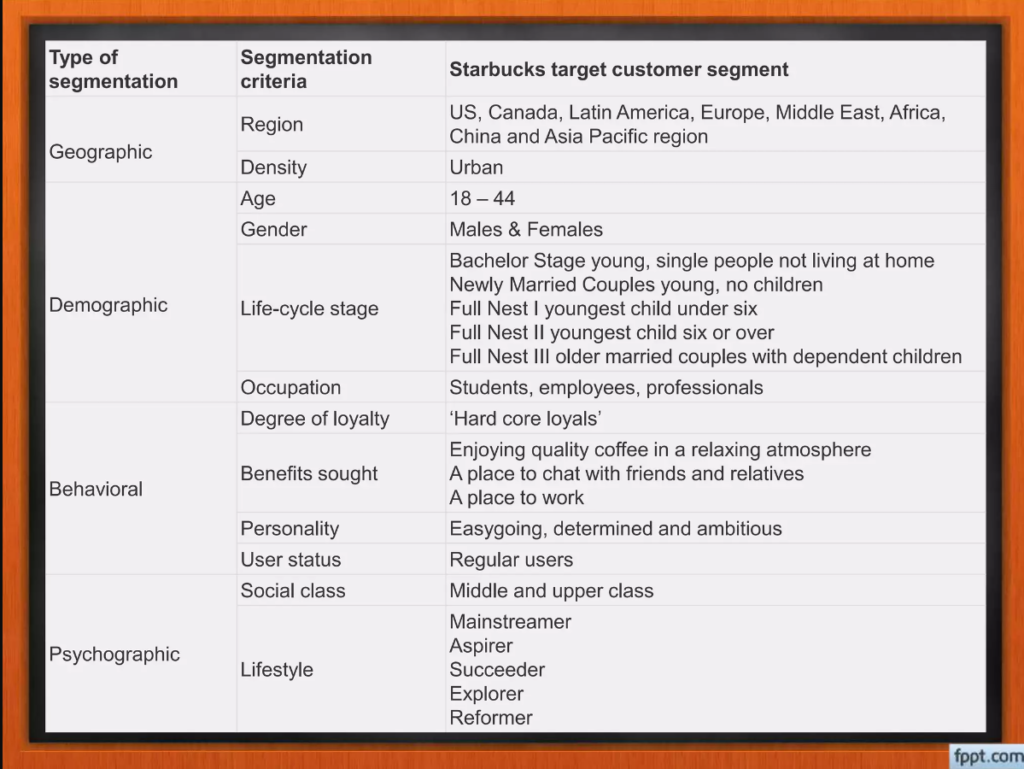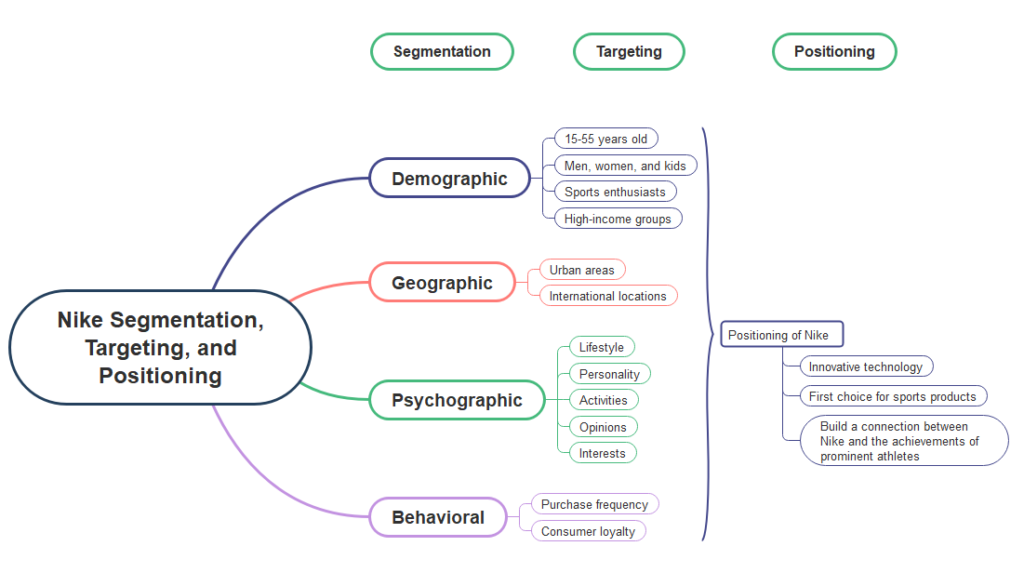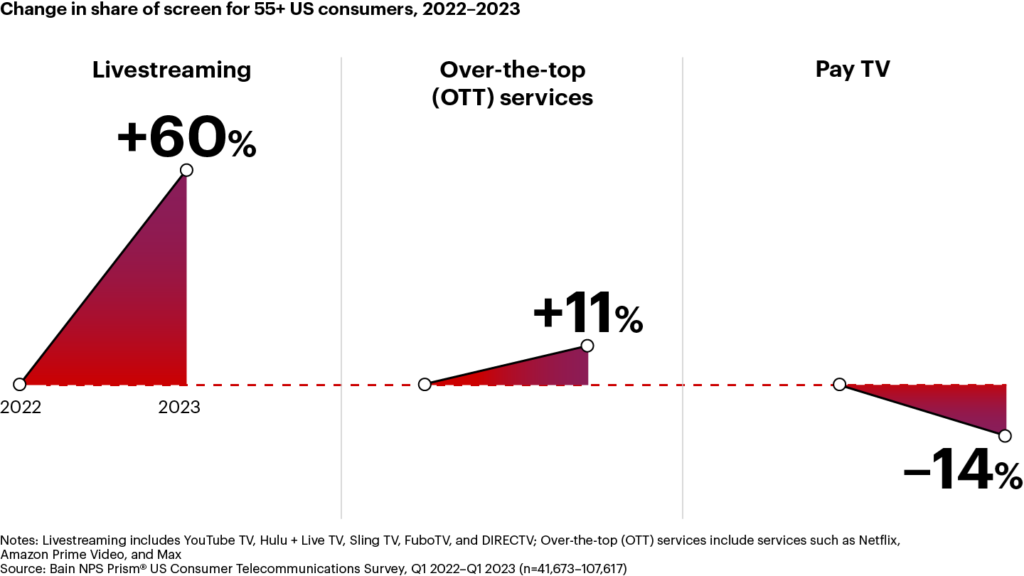How to Find and Understand Your Target Audience in 9 Simple Steps
Ever feel like you’re shouting into the void with your marketing campaigns? You create content, run ads, and send emails, but struggle to connect with readers and drive conversions. The frustrating truth is you may be misaligned with your target audience. Without a keen understanding of your ideal customers, your marketing will be generic and ineffective.
This practical guide will walk you through the key steps to identify, analyze, and engage your perfect audience. Follow this process, and you’ll gain the power to create messaging that truly resonates. Ready to stop wasting marketing resources and finally build connections? Let’s get started!Step 1: Get to Know Your Existing Customers
Your current customers offer the fastest route to identifying your target audience. Start by gathering basic demographic information like age, location, gender, and income level. Look for shared traits among your most loyal, profitable customers.
But don’t stop at surface demographics. Analyze psychographics, including attitudes, values, interests, and lifestyles. For example, consider Starbucks, which leverages psychographic segmentation to target busy professionals seeking a “third place” between work and home.


Finally, examine behaviors. How do your different customer segments interact with your brand and make purchasing decisions?
Pro Tip: Leverage customer surveys, focus groups, and online listening tools to uncover insights.
Step 2: Go Beyond Your Business Boundaries
Now broaden your perspective to industry trends and competitors. Speed-read industry reports to spot common buyer personas. Check out who your closest competitors are and their positioning. For example, research by eMarketer reveals how Baby Boomers have increasingly shifted towards streaming services like Netflix and YouTube TV.
Immerse yourself in your audience’s world by engaging with publications, communities, and influencers important to them. Observe their language, concerns, and interests.
The goal is to contextualize your existing audience data points within wider market forces, needs, and opportunities. This will help shape a unique target audience focus.
Step 3: Validate with Quantitative Data
At this point, you should have an initial target audience hypothesis. Now validate it through quantitative market research. Well-designed surveys can reach hundreds of potential customers to test your assumptions.
Make sure to ask about demographics like age and location. But also include psychographic and behavioral questions to uncover nuanced insights. For instance, Mattel conducted surveys that provided consumer insights into moms seeking STEM-focused toys for their kids.
- How important is environmental sustainability in your purchasing decisions?
- How often do you use social media to engage with brands?
Crunch the data to reveal your most receptive audience segments and common traits. Pro Tip: Leverage tools like Google Surveys and SurveyMonkey for easy market research.
Step 4: Get Qualitative Insights
While surveys provide quantitative breadth, qualitative research offers depth through small group and 1-on-1 discussions. Here you’ll discover the beliefs, attitudes, needs, and desires driving your audience.
Run focus groups with different customer profiles. Ask open-ended questions and listen closely to the language used.
In-depth interviews take it a step further. Here, you can deeply probe motivations, values, and thinking patterns. Just be sure to keep groups and interviews small and focused for meaningful insights versus generalizations.
Step 5: Create Audience Personas
Now synthesize research into a couple key audience personas—semi-fictional representations of your core target groups. Give them descriptive names like “Suburban Soccer Mom Jill” or “Young Professional Thomas”.
Include relevant demographics, psychographics, behaviors, goals, and challenges. But make them multidimensional by using vivid descriptions and stock photos to bring them to life. Well-defined personas become shorthand for your real audiences.
Nike exemplifies persona development through its targeting of athlete personalities and active lifestyles.


Step 6: Map the Customer Journey
Consider the end-to-end process personas take when engaging your brand. Where do they first encounter you? How do they evaluate options? What motivates purchases or brand advocacy?
Mapping the customer journey for each persona reveals moments of influence and frustration. For example, Eco-Looms realized environmental activists often first engaged through social media product reviews.
Journey mapping means looking beyond just sales to the complete experience, from awareness to loyalty and recommendation. This broad view exposes untapped opportunities to connect with your audience.
Step 7: Address Pain Points and Fulfill Needs
What problems does your product or service solve? What needs does it fulfill?
Your product or service serves a purpose – it resolves a problem or fulfills a need. Identifying these pain points and unmet needs in your target audience allows you to position your brand as the solution. Craft your messaging and offerings to address these pain points directly.
If you’re marketing a productivity tool, addressing the pain point of time management and stress might be your key focus. Highlight how your tool simplifies complex tasks, saving time and reducing stress for your audience.
Step 8: Position Against Competitors
Sharpen your focus by analyzing how competitors engage target audiences. What messaging and positioning resonates versus falls flat? Where are the gaps in effectively serving customer needs?
For example, Mercedes illustrates effective competitive positioning via their targeting of performance-driven young professionals.

Pro Tip: Regularly analyze competitor offerings and campaigns. Identify white space opportunities to own a differentiated audience niche.
Step 9: Test and Validate Messaging
Now it’s time to apply your audience insights. Create draft messaging, campaigns, and content tailored to personas. Then validate these with real consumers through surveys and focus groups to assess resonance.
Be prepared to iterate. Testing provides invaluable data to refine your brand voice, positioning, and engagement to genuinely reflect audience perspectives.
Turn Insights into Connections
Target audience research combines data and human insights to form a multidimensional understanding of your ideal customers. While intensive, few marketing investments pay off handsomely. When you intimately grasp your audience’s motivations and frustrations, you can craft truly compelling positioning and engagement.
So avoid wasting marketing resources with generic, broad-stroke efforts. When you zero in on precisely defined target audience segments, you be able to create powerful connections that pay dividends for years to come. Now get out there, do the research, find your people, and start resonating!
